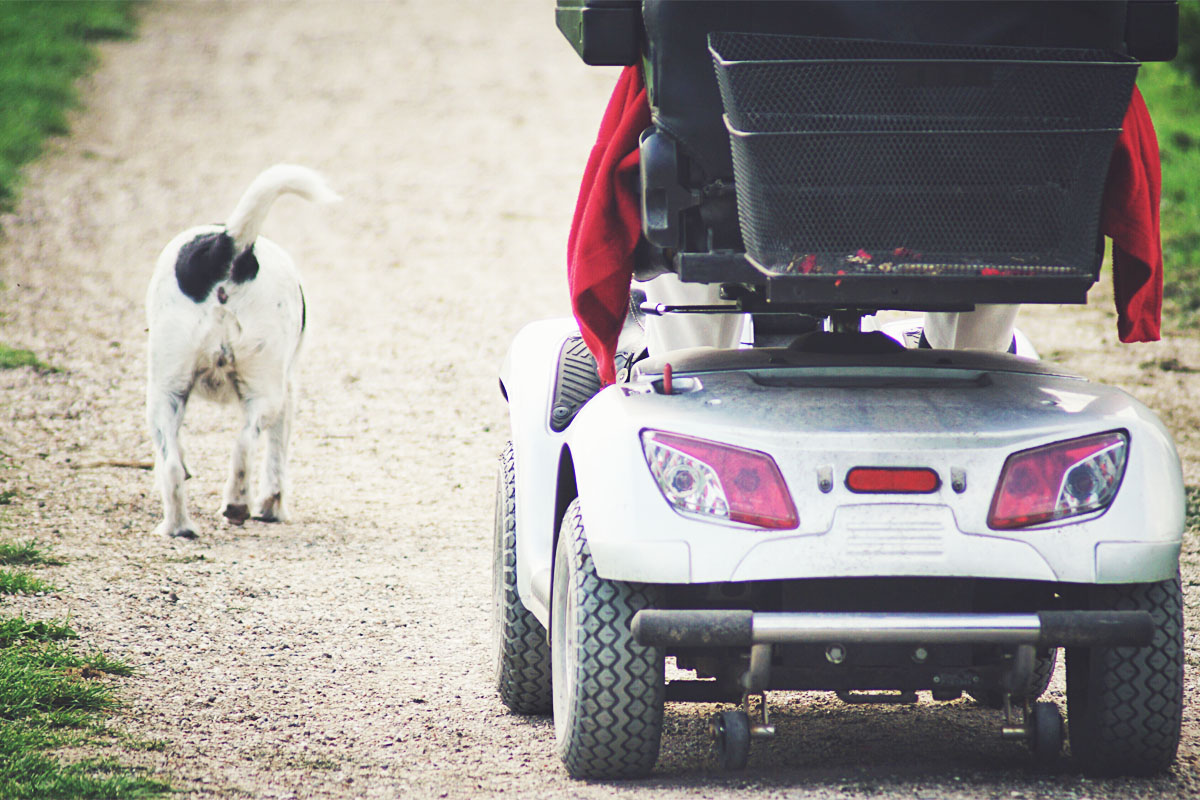10 Common Mobility Scooter Problems
Mobility scooters are an extraordinary asset to those who wish to keep their independence and be social. Nevertheless, just like other technologies, they will take on their wear and tear over time. When you’re looking to troubleshoot common mobility scooter problems, keep reading and find out about the top 10 common problems.
Common Mobility Scooter Problems
1. Battery Issues
Your scooter’s battery will wear down-over time. When you’ve owned your mobility scooter for a couple of years, or sometimes run the battery all the way down whenever you use it, potentially it is going to show signs of degrading. This could lead to speed loss, how far you can go, and possibly a nonoperational mobility scooter.
2. Motor Issues
The motor in your mobility scooter is one of the most vital and technological complex part of the entire scooter. A good thing is the motor is also one of the most enduring parts of the scooter.
If find your scooter is “lurching” forward at random when using it, it could a sign that the motor is starting to fail. When this occurs, there are 2 options: have the motor replaced or replace the scooter (subject to the cost of repairs)
3. Flat/Worn Tires
After a while, the tread on your scooter’s tires is going to wear down, making them ineffectual. Similarly, the tires inner tubes may also degrade or be pierced. Worn/flat tires are going to make your mobility scooter ineffectual at best and outright risky at worst.
For individuals with severely restricted mobility, this is not an option. Tire replacements can easily be performed by mobility scooter technicians. You might also ask your local home and garden establishment if they could possibly install the tires for you because the process is likewise to that on lawnmowers!
4. Ignition Switch Failures
The ignition switches on mobility scooters are roughly the same as ones in a vehicle or riding lawnmower. They could turn oxidized over time because of exposure to the elements and stop working/moving. Not only that, but keys also tend to easily break, and if they break inside the switch, they leave behind a difficult to get out piece of key.
Removing a broken key could be easy with some pliers. Nevertheless, you may want to leave the broken piece in the ignition until you receive a replacement key. This way, you can use your pliers to turn the key and start your scooter while you wait for the replacement key.
5. Armrests/Upholstery
When you’ve had your scooter for a couple of years, or when you use it outside a lot of the time, you’ll find that the upholstery will begin to wear out. Typically, this is nothing to be concerned about, but over time, it is going to certainly decrease the comfort and the scooters safety. Armrests are typically the first upholstered piece to start to go because they get used more regular than the other parts of the scooter.
6. Fuses
Various parts of your scooter get wired through a fuse, in which hinders a possibly dangerous overload of electricity. When most of your scooter is working normal and one particular part isn’t, it might be a sign of a blown fuse.
7. Electrical Issues
Since scooters use electricity to run, they do not like moisture. When you have had your scooter out in the rain, it could damage its internal electronics. Riding your scooter on rough ground can also cause wires to loosen. When this occurs, you will find that either part or all your scooter is going to stop working.
8. Potentiometer
The Potentiometer is another on of the common mobility scooter problems directly associated to the scooters throttle control; it’s what lets the scooter know how fast or slow it needs to go. If you find your scooter suddenly getting slower when you didn’t let off the throttle, your potentiometer could be starting to fail.
9. Steering Incorrectly
Just like a vehicle that requires an alignment, your scooter can become misaligned and pull itself to its right or left. This could be caused by years of usage, or often riding on rough surfaces.
10. Unlocked Free-Wheel Lever
A lot of mobility scooters have a “free-wheel” lever that releases the scooters wheels from the drivetrain. Allowing you to use your scooter like a wheelchair when needed. If you unlock the free-wheel lever and don’t remember to unlock it, it might fool you into thinking your scooter is broke when its not!
Mobility Scooters In Mesa, Arizona
Mobility Center has been proudly serving the entire Phoenix, Arizona area since 1975 with the finest in mobility aids, scooters, wheel chairs, lifts and support equipment. Visit our convenient location to see the products and receive the individual attention that you deserve. Our service area includes Mesa and the entire Phoenix Metro area.


